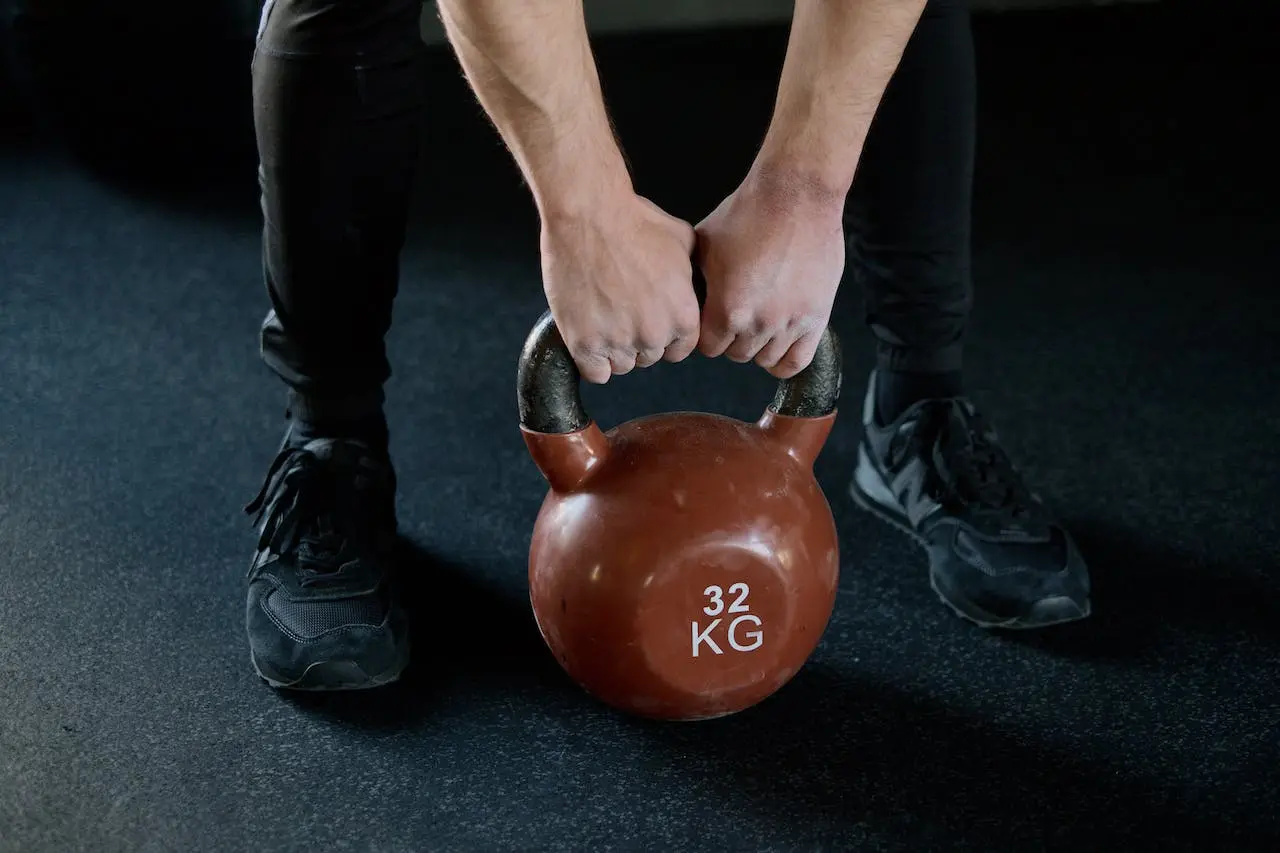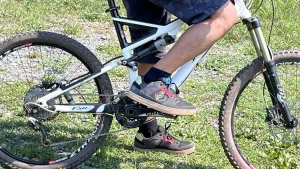Kettlebell Arm Workouts for Beginners

Table of Contents
How to Start Working Out with Kettlebells
- Choose the right weight: Start with a lighter kettlebell, around 8-12 pounds, to get a feel for the movement and build your strength. Also given the weight distribution of a kettlebell, starting light will help you get used to its uneven weight.
- Learn proper form: The key to avoiding injury and maximizing results is proper form. Focus on keeping your core tight, your back straight, and your shoulders down and back.
- Start with simple movements: Before tackling more advanced exercises, focus on basic movements like squats, swings, and presses to build a solid foundation.
- Be patient: Rome wasn’t built in a day, and neither are strong, toned arms. Give your body time to adjust and improve, and most importantly, enjoy the process!
- Listen to your body: When experiencing pain or discomfort stop and seek help. Especially for beginners when working with new equipment. Ease into any new activity slowly.
Kettlebell Exercises
- Kettlebell Chest Press: Lie on your back with the kettlebells in each hand, and press them up towards the ceiling. Aim for 3 sets of 10 reps each.
- Kettlebell Bent Over Row: Stand with your feet hip-width apart, bend at the hips, and hold the kettlebell with both arm. Pull the kettlebells up towards your chest. Try to go for 8-10 reps, for 2-3 sets.
- Kettlebell Bicep Curls (single arm): Stand with your feet hip-width apart, hold the kettlebells at your sides, and curl them up towards your shoulders. Aim for 8-10 reps in each arm for 2-3 sets.
- Kettlebell Bicep Curls (double arm): Stand with your feet hip-width apart, hold the kettlebells with both arms in front of you. Curl them up towards your chest. Try for 8-10 reps for 2-3 sets.
Kettlebell Overhead Press (single arm): Stand with your feet hip-width apart, hold a light kettlebells at shoulder height, and press it up towards the ceiling. Repeat for 8-10 reps, for 2-3 sets.
The Most Common Beginner Kettlebell Mistakes
- Not using proper form: This can lead to injury and hinder your progress. See here on guidance for proper form.
- Using too much weight: Start with a weight you can control, and gradually increase as you become stronger. Adding too much weight too soon might lead to injuries.
- Ignoring the core: Your core is the foundation of all kettlebell exercises, so engage it throughout each movement.
- Not warming up: Warming up is crucial to prevent injury and prepare your muscles for the workout. Stretch before a workout to prevent injuries and get most out of your workouts.
- Over-training: Rest days are just as important as workout days. Over-training can lead to injury and hinder your progress. Take a rest day every third day, or after a heavy-lift day to give the body time to rebuild muscles and come back with more energy and strength.
FAQ on Kettlebell Workouts
How do I choose the right weight?
– Start light and work your way up as you get more comfortable with the movements
– Squats, swings, deadlifts, rows, cleans, and snatches
– 2-3 times per week is a good starting point
– First check with your doctor about your pain/ discomfort and follow his guidance on exercises, especially with weights. Depending on his/ her recommendation, start with light kettlebells. DO NOT lift weights when in pain, and follow your doctor’s recommendation.
Do kettlebells build muscle or just improve strength?
– They do both! They’re great for building muscle and improving overall strength.
Are kettlebells better than dumbbells or barbells?
– They all have their pros and cons – kettlebells and dumbbells are great for functional movements such as swings and farmers carry. They also help in isolation exercises like curls and triceps extension. Barbells help you lift heavy weights such as cleans and snatches; the kettlebells unique weight distribution might not help you perform these movements efficiently.
To your future with stronger arms
I hope you found this useful. Check out my other workout posts as well. You can listen to a relevant podcast as well.




